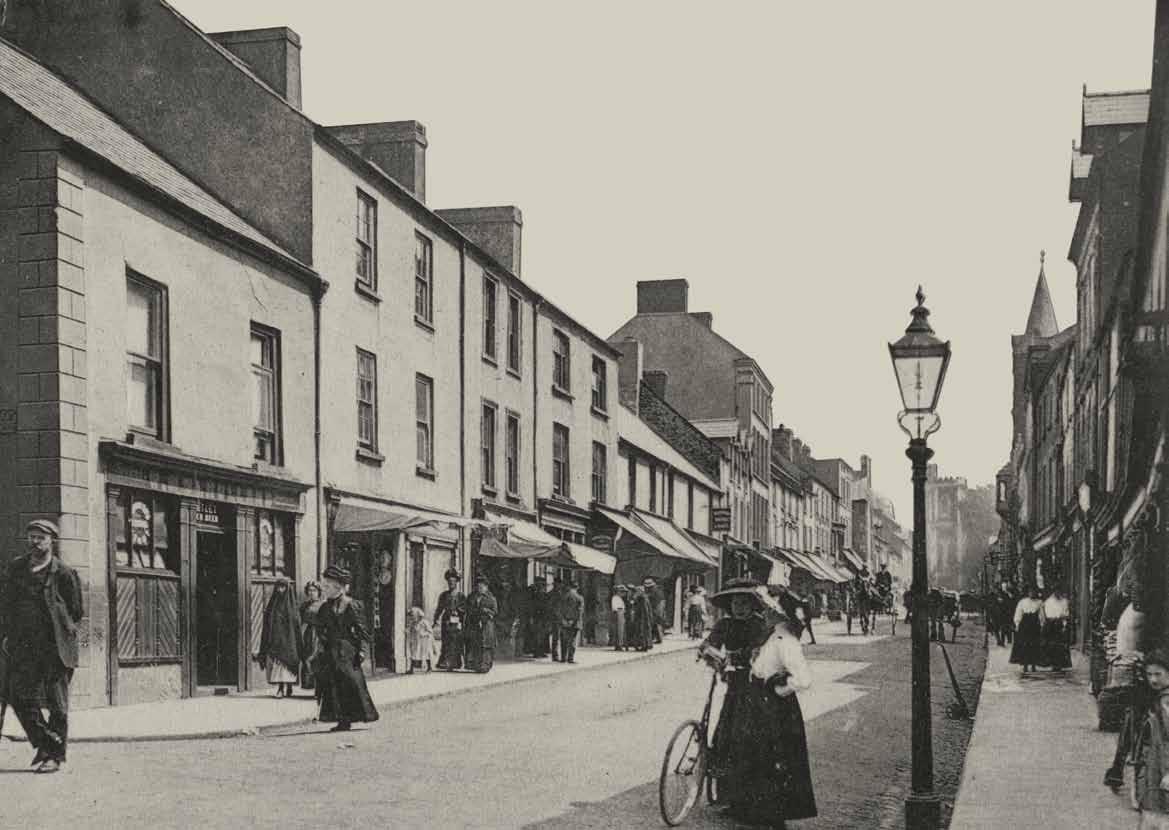
1 minute read
Reconstruction of Mossley Mill c. 1840.
A Sense of Place
Exploring Your Roots
1
In exploring family history, sometimes an interesting place to start is by looking at the landscape. While documents can contain important details about our ancestors, much can be learned by examining the surroundings in which they lived. Landscapes are in a constant state of change: old buildings are replaced by new structures, modern roads snake through the countryside, towns and villages expand into former fields and new industrial zones are constructed.
Despite all these changes, there is much to be seen that reveals fascinating views into the past. These glimpses help us to understand the world in which our ancestors lived. History is all around us. Sometimes it is very obvious, such as Carrickfergus Castle a fortress dating back over 800 years standing on the shores of Belfast Lough, while at other times history is more subtle, such as in the names of streets or other locations. For example, Fairhill Shopping Centre in Ballymena stands on the site of a once busy fair or market, while Joymount in Carrickfergus recalls the fine mansion built by Arthur Chichester who was Lord Deputy of Ireland from 16051615.
Prominent buildings or other structures all have stories to tell. The tall chimney at Mossley Mill forms an important landmark as well as being a reminder of the important flax spinning mill that operated until 1995. In Larne the harbour was vital in the development of the town, something that can be traced through the years using maps and historic photographs.
3
4
5
1-2 Mill Street, Ballymena. These photographs show a century of change in town. 3. Aerial view of Carrickfergus, before the construction of the Marine Highway began in the 1970s.
4. Aerial photograph of Mossley Mill site, a flax spinning factory in Newtownabbey, 1934. 5. Larne Harbour, 1970s.






